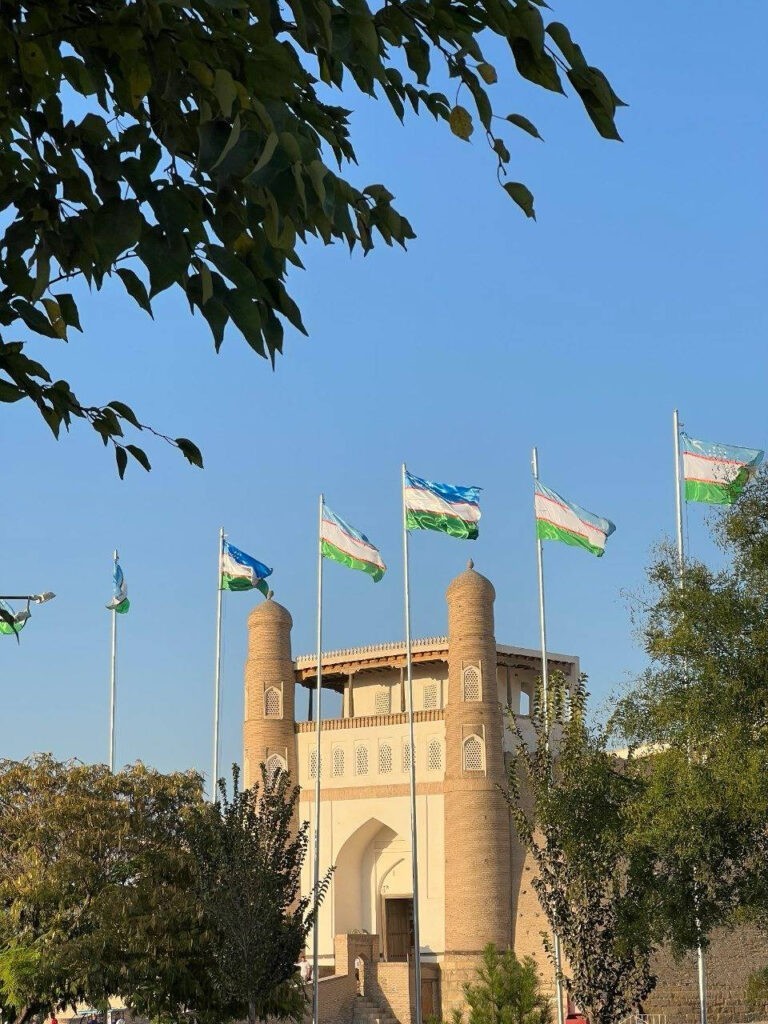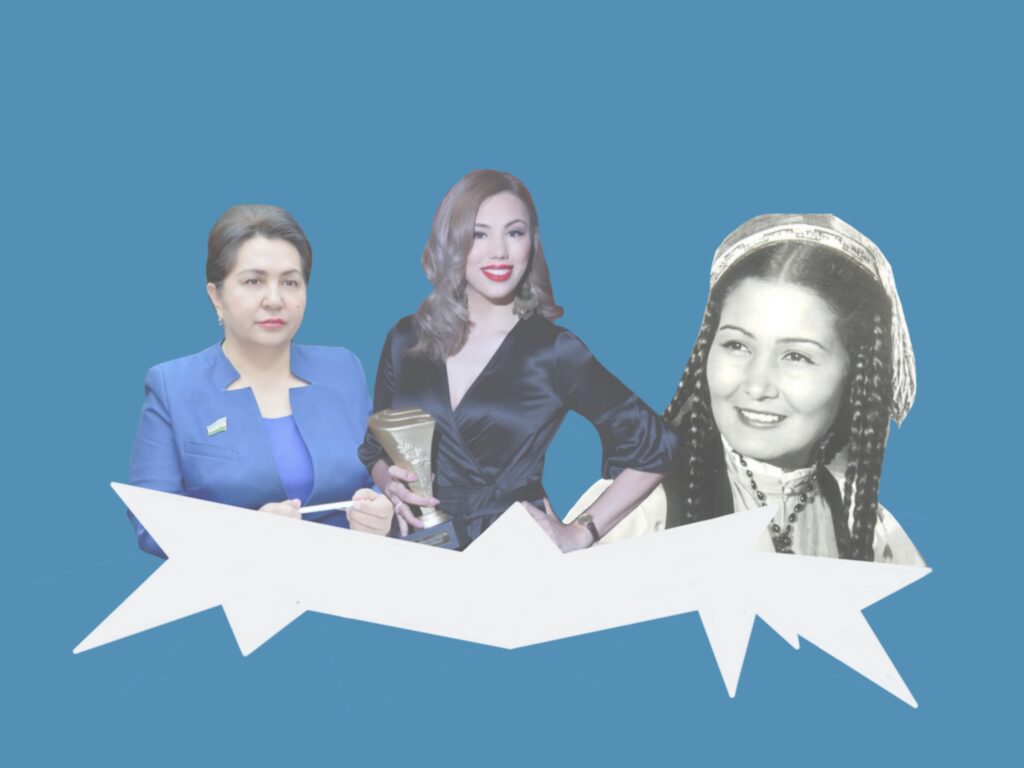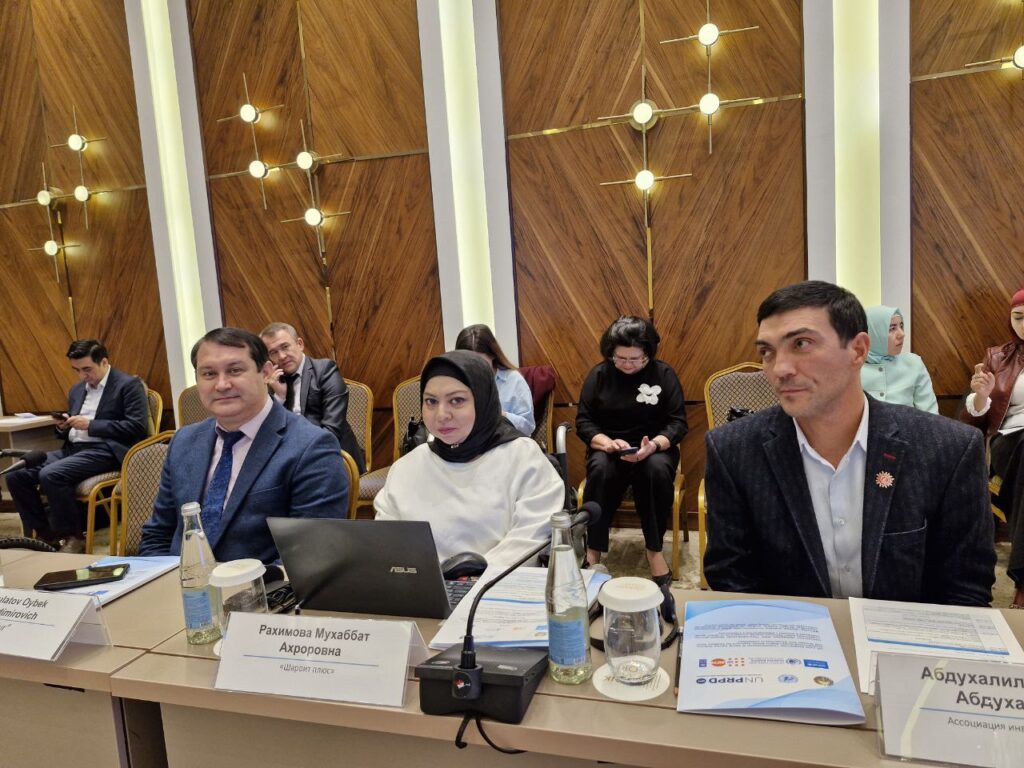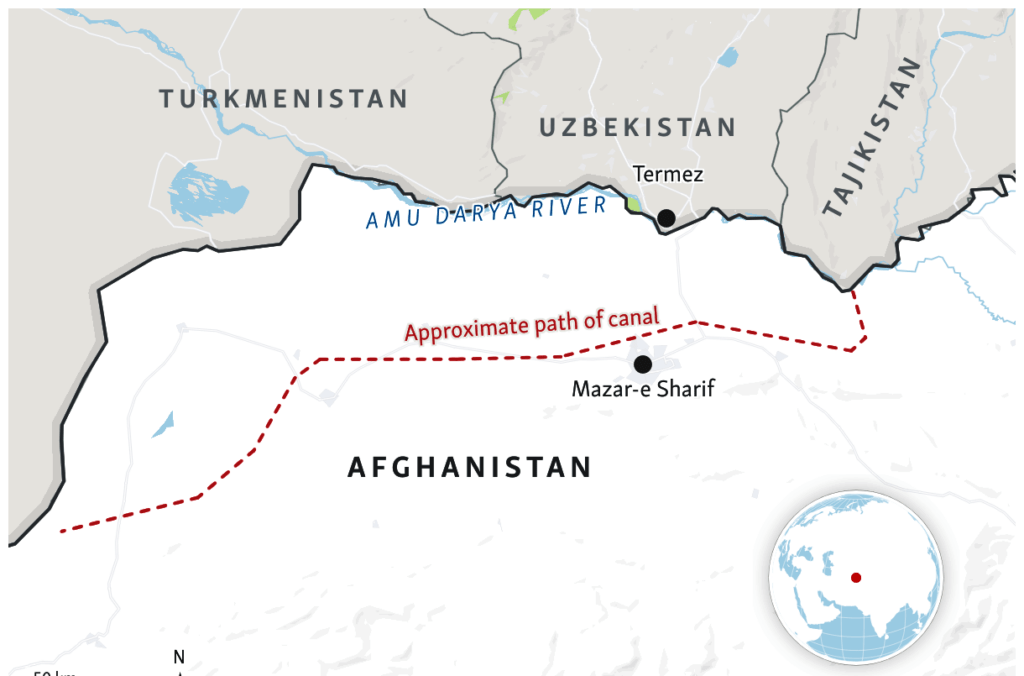Tears and Laughter: An Evening at an Uzbek Theater
Tashkent, Uzbekistan - The action unfolds in the Soviet Union in the 1960s. An Uzbek man goes to Russia for compulsory military service and falls in love with a Russian woman. Back with her betrothed in his homeland, the Russian slowly wins over her recalcitrant mother-in-law and learns to love Uzbek culture. So goes the plot of “Uzbek Dance,” a play being performed in the colonnaded Uzbek National Academic Drama Theater in Tashkent, the capital. The tragicomedy made its debut in Uzbekistan in 2009 and has been re-staged several times, immersing audiences in Uzbek history and culture and making them laugh and cry. The Times of Central Asia attended a performance on March 9. So did hundreds of other people. Ticket prices in the Uzbek currency, the sum, cost the equivalent of about USD4 to USD5.60. Before the start, people in the atrium gazed at portraits of actors who helped to build the Uzbek theater scene over the last century. People mingle in the museum of the National Academic Drama Theater in Uzbekistan. Portraits of actors who contributed to the development of Uzbek theater in the past century are hung there. Photo: TCA In the early days, the “Turon" troupe performed around Uzbekistan. The first performance of the theater group was held in 1913 in the garden of the 14th century Tashkent mausoleum of an Islamic leader, or sheikh. In 1918, the state took over the troupe. Written by Nurillo Abbaskhan, “Uzbek Dance” explores tension and reconciliation between the Russian woman and her Uzbek mother-in-law, whose verbal and cultural missteps make for mutual suspicion and comedy. The play invites reflection on the nuanced relationship between Russia and Uzbekistan today (at least 2% of Uzbekistan’s population are ethnic Russians, according to government data in 2021; the population is estimated today at nearly 37 million). There’s a dark side to the drama. The family saga happens against the backdrop of a real-life 1980s corruption scandal surrounding a campaign to supply more Uzbek cotton for the Soviet Union. Spectators await the performance of "Uzbek Dance," a play that has been staged in different productions several times since making its debut in 2009. Photo: TCA The cotton campaign was marred by falsified production numbers and a backlash from Soviet officials who rounded up thousands of Uzbek people, prosecuting many on false charges. Additionally, pesticides took a devastating toll on the environment and workers’ health. In the play, the Uzbek man, Tursunboy, drives a tractor in the cotton fields. Eventually, he gets falsely accused in the purge and imprisoned. He eventually gets out of jail, but the harsh conditions and years of exposure to toxic chemicals have left him fatally ill. Then there is Panamaryova Maria Visilevna, who took the name Maryam after converting to Islam on the insistence of her Muslim mother-in-law, Kumri Aya. The two women don’t get along at first. But they get closer. Maryam, who gives birth to six children before Tursunboy’s decline, learns the Uzbek language, dances, hat-making...
asd





